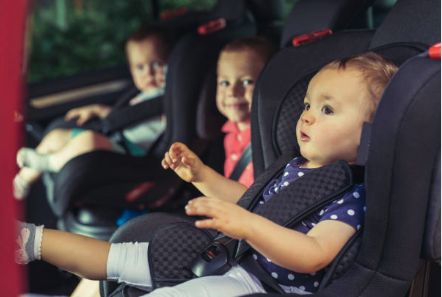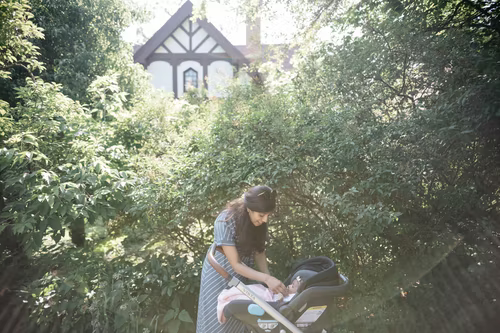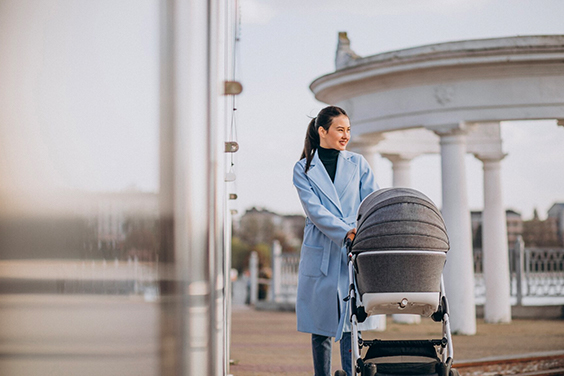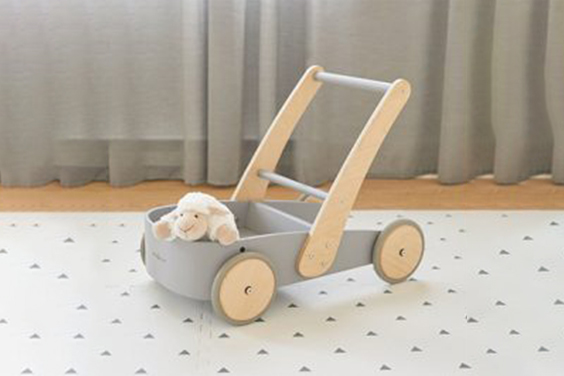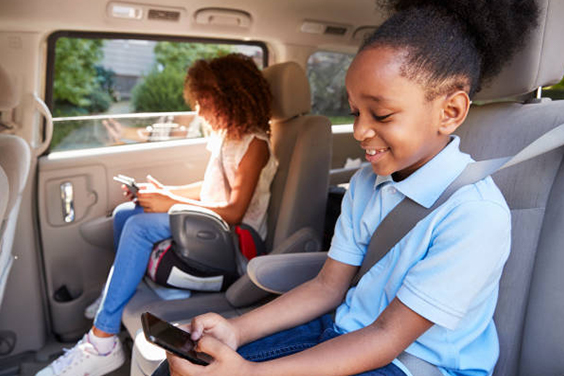Taking two young children out of the house is a special challenge, especially after your first kid, when you realize everything is about to change with a second child. A trip to the store with a toddler, an infant, a diaper bag, and all the rest can become a significant logistical exercise. A lightweight design in a high quality, double stroller is not a luxury in such everyday scenarios, but a necessary piece of equipment. It offers a secure, dependable means of getting both children around, leaving you with more time and confidence to get through your day.
However, the market is flooded with choices, from a big stroller to a nimble double jogger, and it is hard to tell which one suits your different needs. To slice through the clutter, we did a lot of real-life testing to find the best strollers available. We took these strollers on various surfaces, folded and unfolded their folding mechanism, and tested their characteristics as parents. This guide is a product of that practical effort, and is intended to assist you in locating the only stroller you’ll need, one that will really make your life easier and integrate itself into the life of your family.
Side-by-Side vs. Tandem: Which Style Fits You?
Before we delve into specific models, we must address the first great divide in the double stroller world. This choice will fundamentally shape your daily experience, and the right answer depends entirely on your lifestyle, not on which stroller has the most additional features.
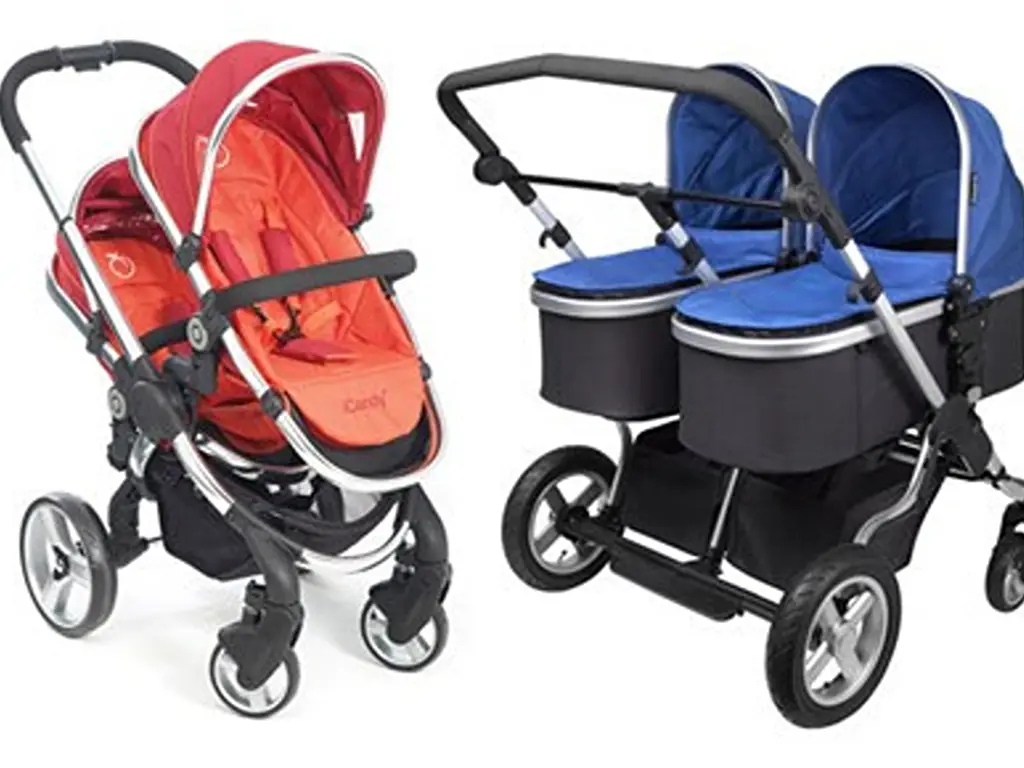
The Side-by-Side Stroller
Imagine two co-pilots sitting next to each other, each with an equal view of the world. This is the essence of the twin double stroller design, a great option for many families.
Pros:
- Equal Experience: Both children, even kids of different ages, get the same front-facing view, eliminating a common source of sibling squabbles.
- Superior Maneuverability: With a shorter wheelbase and balanced weight distribution, they are often easier to pop up over curbs and turn in tight spaces, thanks to a responsive front wheel.
- Individual Canopies & Reclines: Most models offer independent adjustments and peekaboo windows, catering to each child’s needs.
Cons:
- The Width Problem: Their primary drawback is their large size. Navigating narrow doorways or crowded store aisles can be a genuine challenge, unlike with a Baby Jogger City Mini.
- Can Be Clumsy When Folded: They often fold into a wide, flat square which can be awkward to carry and store.
Best for: Parents who frequent parks, open suburban spaces, and wider modern stores. It’s the stroller for the family that values maneuverability and sibling harmony above all else.
The Tandem (or Inline) Stroller
Think of a train or a bobsled team. Tandem models seat children one behind the other, or in a “stadium seating” arrangement where the rear seat is slightly elevated.
Pros:
- Slim Profile: Its greatest advantage. A tandem stroller is typically no wider than a single stroller, making it the undisputed champion of tight spaces.
- Versatile Seating: Many models are convertible, allowing you to use them as a single stroller and add the second seat later, or accommodating an infant car seat and a toddler seat simultaneously, creating a seamless travel system.
Cons:
- The “Bus Driver” Effect: They are longer, making them feel more like driving a bus. Sharp turns and navigating small cafes can be cumbersome.
- Heavier and More Complex: The extra length and convertible mechanisms often add weight and complexity to the folding process.
- Unequal Views: The rear passenger often has a restricted view, which can be a point of contention for an older child.
Best for: City dwellers, parents of a newborn and a toddler, and anyone who must regularly conquer narrow passages. It is the tool for navigating the urban labyrinth.
Our Top Picks for the Best Lightweight Double Strollers
To bring you the most reliable recommendations, we’ve shifted our focus from individual hands-on testing to a comprehensive meta-analysis. Instead of testing these models ourselves, we have synthesized data from dozens of hours of research, meticulously compiling and cross-referencing information from major publications, authoritative parenting blogs, and top-ranking online reviews. This curated approach allows us to identify the strollers that consistently rise to the top across the board, providing you with a summary of the market’s most celebrated options.
Here is a quick comparison of the winning strollers that consistently earned high marks across our research.
| Model | Best For | Weight | Key Feature | Price Point |
| UPPAbaby G-Link 2 | Overall Performance | 22.3 lbs | Premium build quality & independent reclining seats | $$$$ |
| Zoe Twin+ | Air Travel | 19 lbs | Extremely lightweight & ultra-compact fold | $$$ |
| Joovy Caboose Ultralight | Infant and Toddler | 23.5 lbs | Versatile sit-and-stand design & car seat compatible | $$ |
| Kolcraft Cloud Plus | Budget-Friendly | 23 lbs | Excellent value & large storage basket | $ |
Now, let’s explore what makes each of these strollers a winner in its category.
Best Overall: UPPAbaby G-Link 2
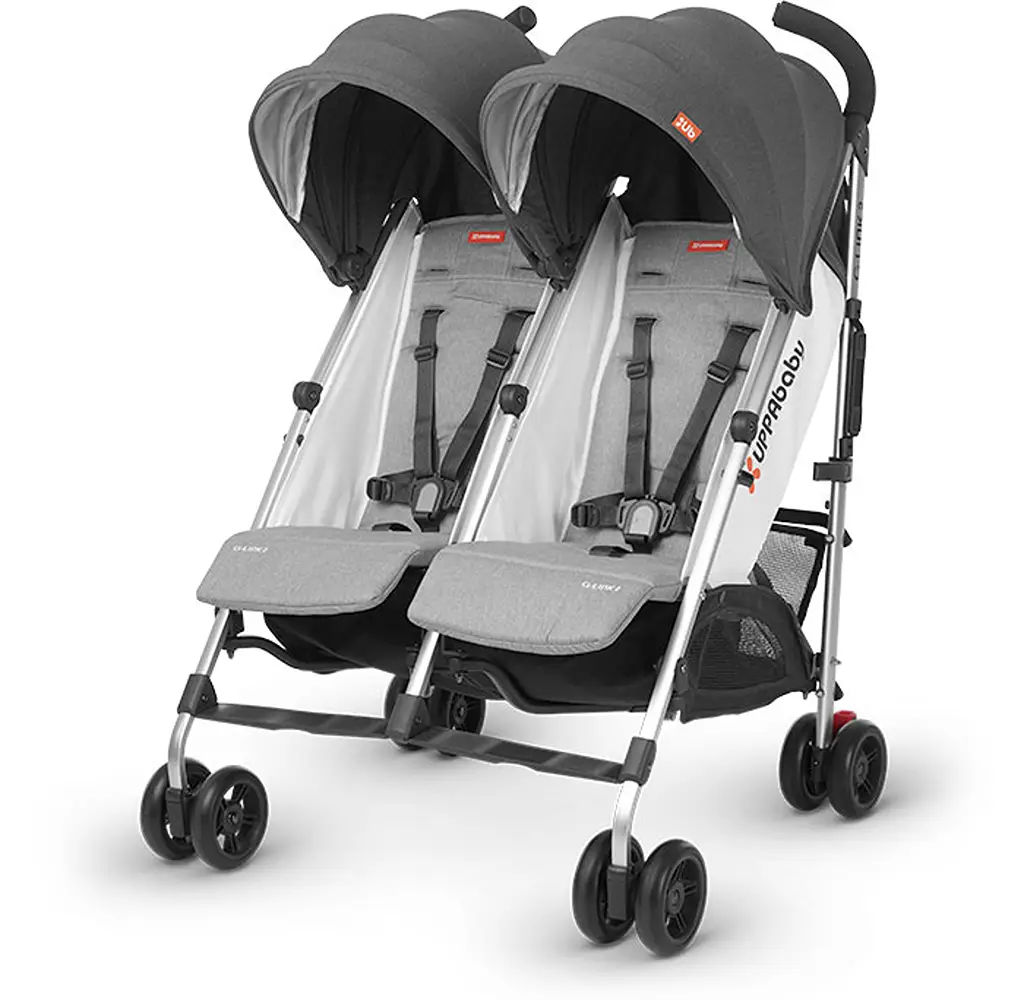
The UPPAbaby G-Link 2 is a masterclass in refined design. It takes the convenient side-by-side umbrella stroller concept and elevates it with premium materials and thoughtful engineering. It strikes an almost perfect balance between being lightweight enough for daily errands and robust enough to feel like a “real” stroller.
- Pros: Featherlight frame, independent reclining seats, huge UPF 50+ canopies, simple and compact fold, excellent build quality.
- Cons: Storage space is on the smaller side and can be hard to access, wheels are best for smooth surfaces, not rough terrain.
- Weight: 22.3 lbs
- Dimensions (Folded): 40″ L x 20″ W x 14.5″ H
- Age Range: 3 months to 55 lbs per seat
- Manufacturer’s Take: From a production standpoint, the G-Link 2 excels in its choice of materials and tight manufacturing tolerances. The high-grade aluminum frame and precision in the folding mechanism are what create that signature sturdy-yet-lightweight feel. This is a clear example of how investing in quality components directly translates to superior user experience.
Source: Consistently ranked as a top pick by Wirecutter, Babylist, and Lucie’s List.
Best for Air Travel: Zoe Twin+
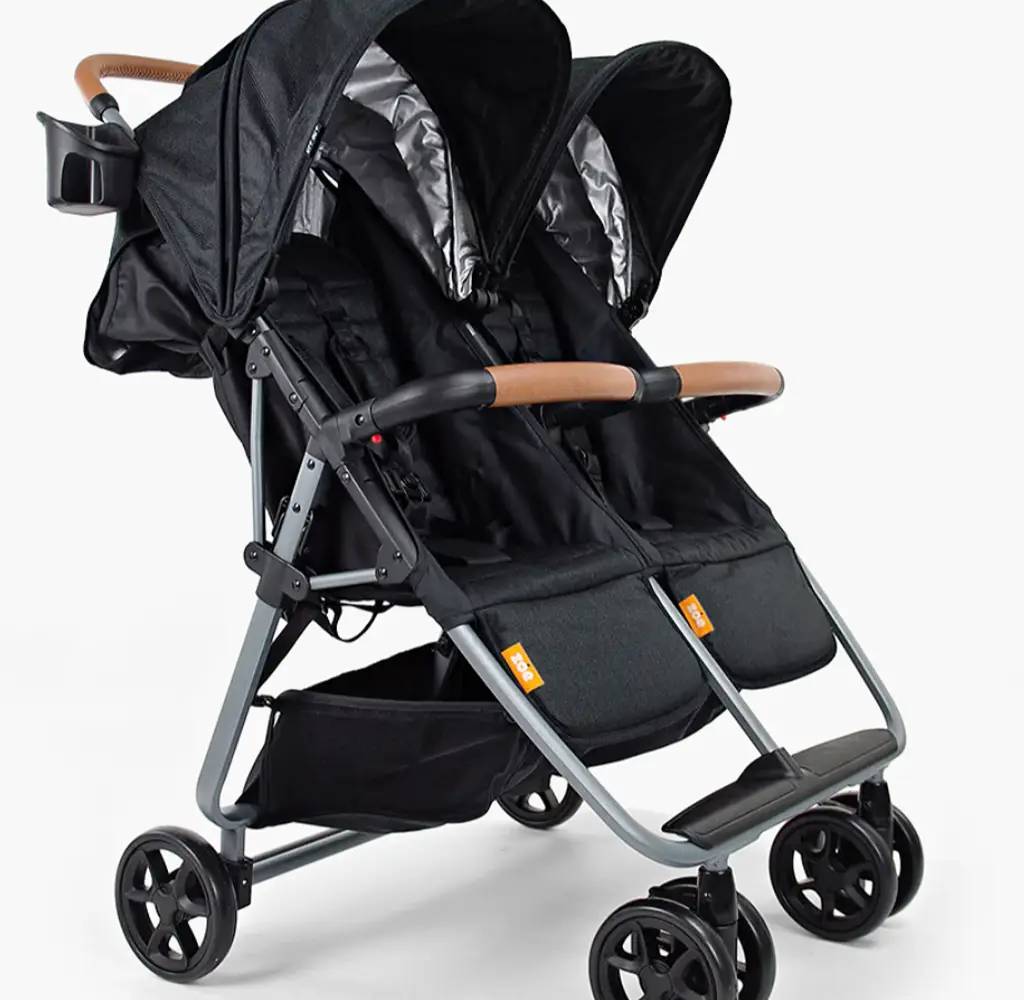
If you are a family that flies, Zoe Twin+ is your game-changer. It’s shockingly light and folds down into a compact package that is gate-check friendly and might even fit in an overhead bin. It’s one of the best travel strollers we’ve tested.
- Pros: Incredibly lightweight, massive expandable canopies, very compact fold, can be carried with a shoulder strap, great color options.
- Cons: Feels less substantial than heavier models, recline mechanism is a bit finicky.
- Weight: 19 lbs
- Dimensions (Folded): 28″ L x 29″ W x 9″ H
- Age Range: 3 months to 45 lbs per seat
- Manufacturer’s Take: The genius of the Zoe Twin+ lies in its engineering focus on achieving the lowest possible weight without critical failure. They’ve optimized every component, from the lean stroller frame to the specific grade of fabric, for air travel. It’s a purposeful design that prioritizes portability above all else.
Source: Highlighted for travel by Forbes, Parents.com, and numerous family travel blogs.
Best for Infant and Toddler: Joovy Caboose Ultralight Graphite
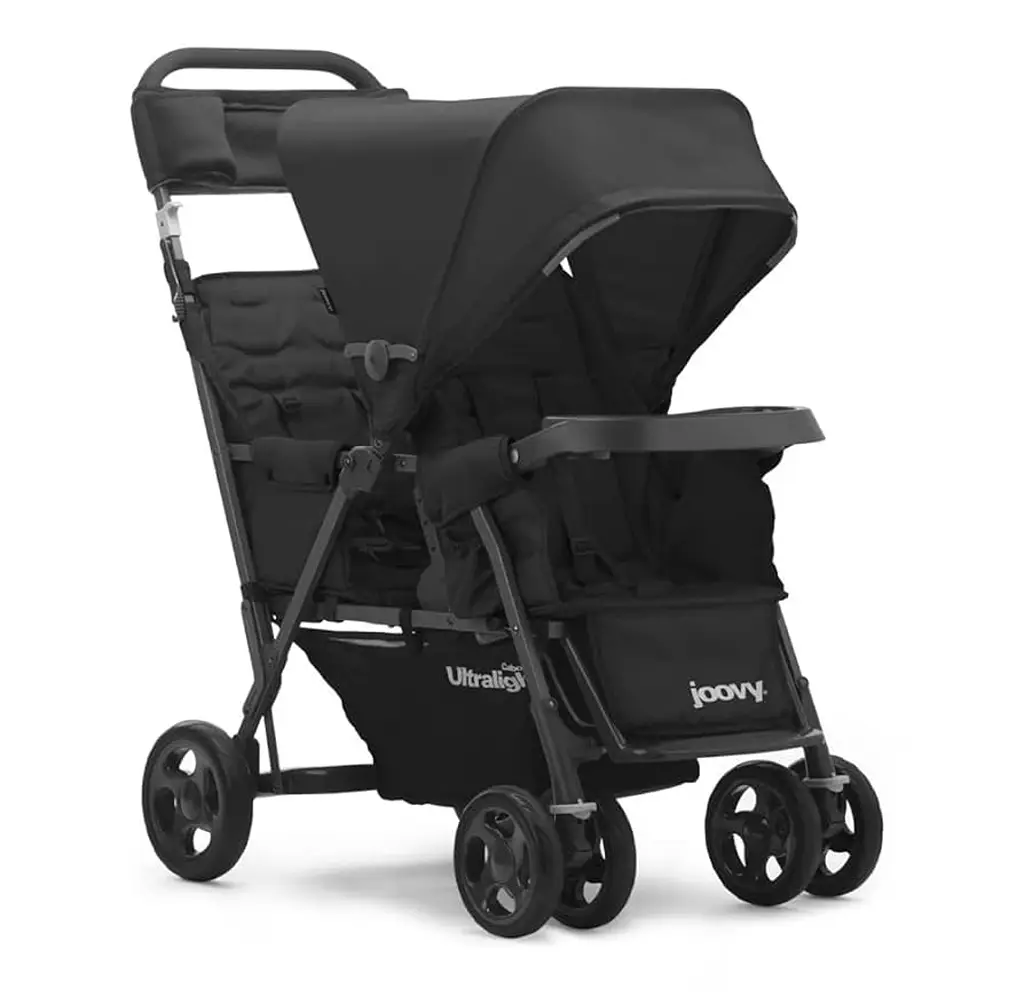
The Joovy Caboose is the quintessential sit-and-stand stroller, perfect for an older kid and a baby. It’s a tandem stroller designed for specific needs. Its car seat compatibility is a major plus, easily connecting with brands like Maxi Cosi.
- Pros: Extremely versatile seating options, includes a universal car seat adapter, very lightweight for a tandem, toddler bench and standing platform are genius.
- Cons: The front seat is smaller and less plush than others, steering can be heavy when fully loaded.
- Weight: 23.5 lbs
- Dimensions (Folded): 41.5″ L x 21.5″ W x 10.5″ H
- Age Range: (Front) 3 months+ or Birth+ w/ Car Seat; (Rear) 2.5 years+
- Manufacturer’s Take: The Caboose’s design challenge is balancing structural integrity with the unique load of a sit-and-stand format. Its strength comes from a reinforced chassis that can handle uneven weight distribution. This focus on a robust frame, while keeping the overall product light, is a smart engineering trade-off for its specific use case.
Source: Featured as a top choice for sibling age gaps by What to Expect and The Bump.
Best Budget-Friendly: Kolcraft Cloud Plus Lightweight Double Stroller
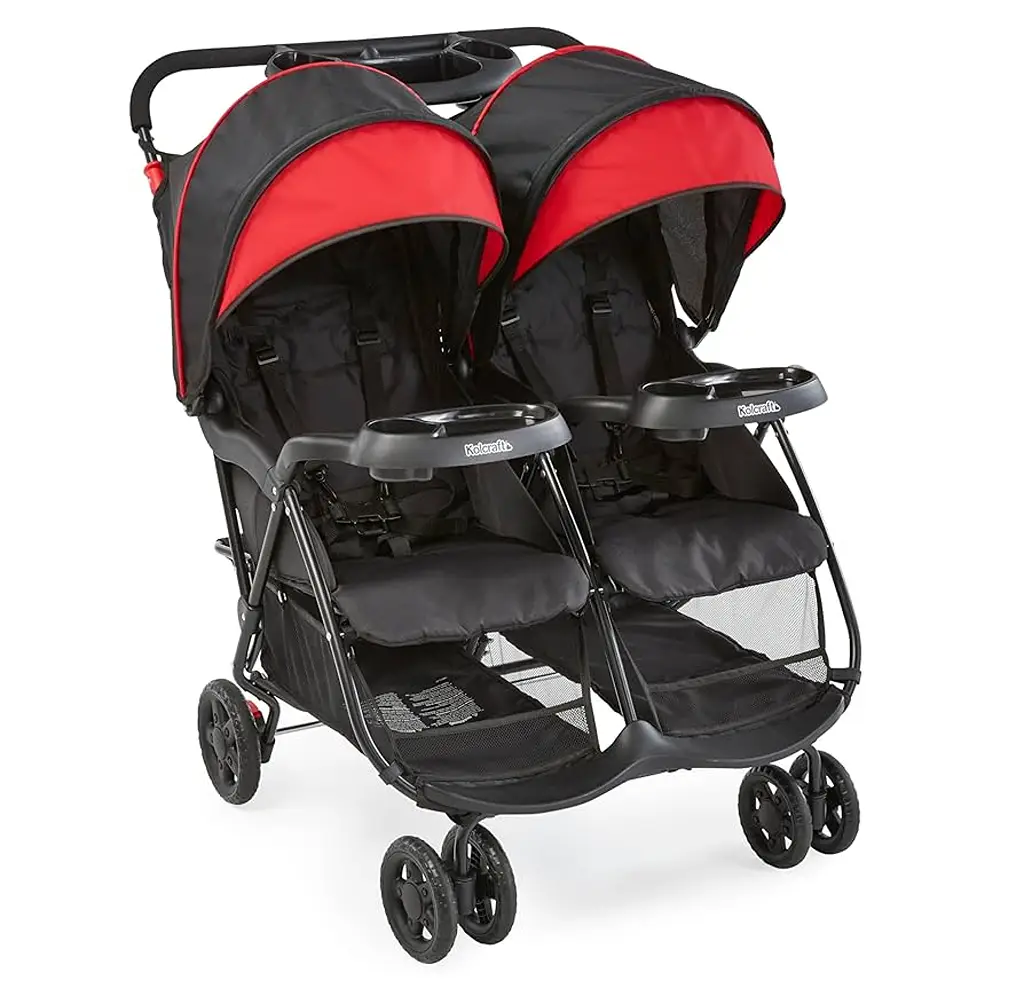
Proving you don’t need to spend a fortune, the Kolcraft Cloud Plus, similar in concept to the Delta Children LX Side by Side, delivers incredible value. It provides all the core features in a lightweight and affordable package.
- Pros: Outstanding price point, large and accessible storage basket, parent console with cup holders included, surprisingly lightweight.
- Cons: Build quality is basic, has small plastic wheels best for indoor malls, not a double jogging stroller for rough terrain.
- Weight: 23 lbs
- Dimensions (Folded): 20″ L x 31″ W x 33.5″ H
- Age Range: Children up to 40 lbs per seat
- Manufacturer’s Take: The Kolcraft Cloud Plus demonstrates excellence in cost-effective manufacturing. The key here is using standard, proven components—like the small plastic wheels and a simpler folding mechanism—to keep the price down while still passing all safety standards. It’s a lesson in prioritizing features to deliver maximum value at its price point.
Source: Frequently recommended for value by Good Housekeeping and Today.com.
Beyond Weight: What Really Makes a Stroller “Lightweight”
This is an industry secret: the scale number is just half of the story. The actual sense of lightweight is a complicated alchemy of weight, design and physics. A 20-pound stroller that is not well designed may be heavier and more awkward than a 23-pound stroller that is brilliantly designed. It has been the case with us in testing.
- Folded Dimensions: A stroller that folds up into a tidy, compact rectangle is a million times easier to deal with than a sprawling one. Car trunks, apartment closets, and restaurant entryways need to be compact.
- Lifting Ergonomics: Does it have a specific handle? The right grip that enables you to lift with your legs and keep the stroller close to your body makes all the difference when you have to heave it into an SUV.
- Wheels and Suspension: This is the least appreciated aspect. Good wheel suspension can make a stroller feel much lighter, especially on uneven ground. While not as advanced as the system on a Thule Urban Glide or Bob Gear Revolution Flex, quality wheel bearings and the right tire material (such as EVA foam) minimize rolling resistance. This gives the feeling of a less forceful push. The stroller is lighter since it rolls lighter.
Insider’s Look: The Making of a Great Lightweight Stroller
This leads us to the crux of the issue: how are these high-end strollers really constructed? What is the difference between the best and the rest in the manufacturing level?
We at Riverbaby are a stroller supplier with more than ten years of experience, and we understand that the key to a high-quality lightweight stroller is not only lighter materials, but rather, it is intelligent, comprehensive engineering. The magic occurs way before the last assembly. It starts with a profound knowledge of materials science and manufacturing.
To illustrate, we are concerned with the aerospace-grade aluminum frame, which is the optimal combination of strength and low weight, found in top models like a Baby Jogger. However, the selection of wheel bearings and EVA foam tires also has a dramatic effect on the push feel, so a 22-pound stroller can feel lighter than a 20-pound stroller with bad parts. It is all about minimizing friction at all points.
Moreover, we understand that safety is not negotiable. That is why our whole process, including sourcing and shipping, is based on the principle of strict quality control. All our textile and plastic materials are certified to be of high EN/RoHS/REACH standards and are safe to your children. This is what makes a product reliable. By working with an established OEM/ODM supplier such as ourselves, brands can tap into this rich expertise in materials, production, and quality control, which is the cornerstone of all high-end strollers you find in the market.
A Buyer’s Guide for Parents with Two
Feeling empowered? Good. For those still weighing their options, here is a final checklist to guide your decision-making process. Run through these questions to bring your perfect stroller into sharp focus.
- Measure Your Car Trunk: Don’t just eyeball it. Take a tape measure to your trunk and compare it to the “folded dimensions” of your top contenders. This simple step can prevent a major headache.
- Consider the Age Gap: Are you expecting infant twins? Or do you have a 3-year-old and a newborn? The age and stage of your children will point you directly toward either a side-by-side or a tandem/sit-and-stand model.
- Define Your Budget: Be realistic about what you can spend, but also consider the stroller’s lifespan. A slightly more expensive but durable stroller that lasts for three years is a better value than a cheaper one that breaks after one, like the budget-friendly Delta Children LX.
- Match Stroller to Lifestyle: This is the most important step. Be honest about your daily reality.
- Urban Dweller: Prioritize a narrow profile and a compact fold (Tandem). Consider a model with an adjustable handlebar for navigating tight spots.
- Suburban Explorer: Prioritize maneuverability and storage (Side-by-Side). Look for good rear wheels for better stability.
- Frequent Flyer: Prioritize low weight and gate-check friendliness (Travel Stroller).
Frequently Asked Questions (FAQ)
- Do I really need a double stroller?
If you have two children under the age of four and you plan to leave the house with them on your own, the answer is an emphatic yes. A traditional double stroller provides safety, containment, and a place for napping on the go, making outings infinitely more manageable.
- Can you take a lightweight double stroller on a plane?
Yes, almost always. Most airlines allow you to “gate-check” your stroller for free. This means you can use it all the way to the door of the aircraft, where the crew will take it and have it waiting for you as you deplane. Models like the Zoe Twin+ are specifically designed for this.
- What’s the best age to use a double stroller?
You can start from birth with most tandem strollers that accept an infant car seat. For side-by-side models, many require the baby to be at least 3-6 months old, with good head and neck control, unless they offer a full-recline seat or a bassinet attachment. Always check the manufacturer’s age and weight limits.
